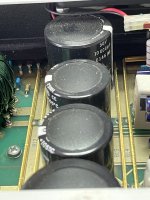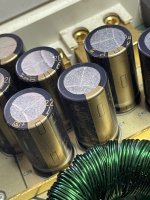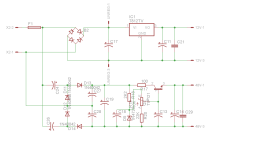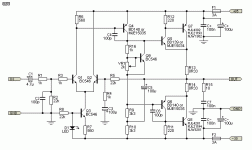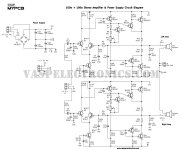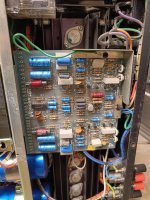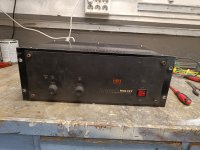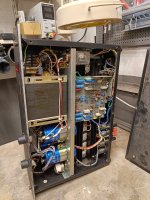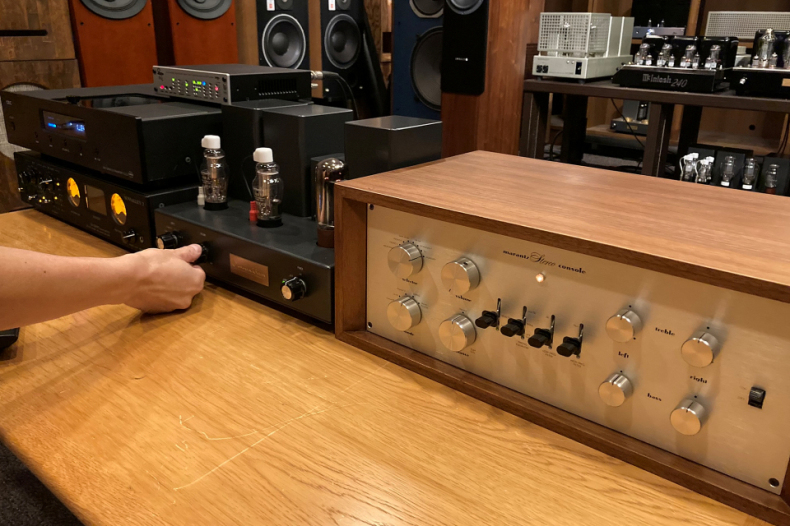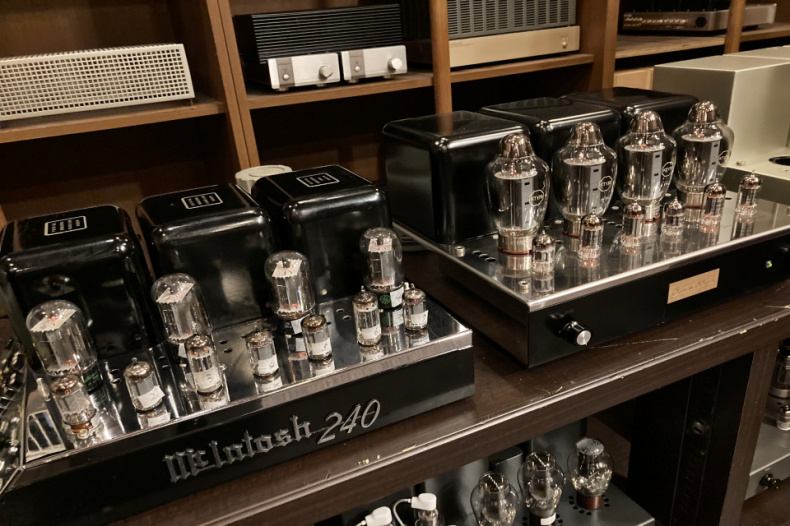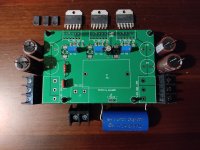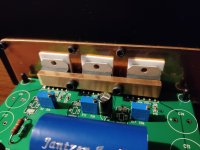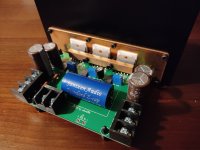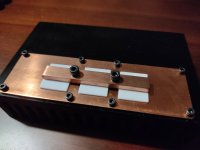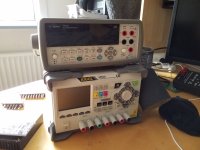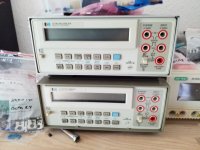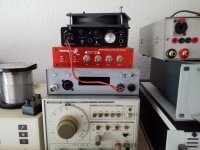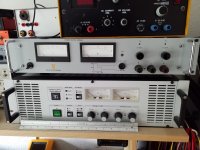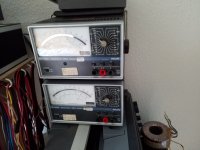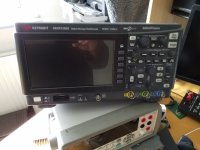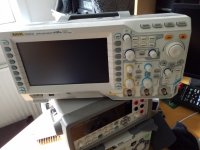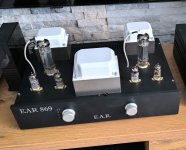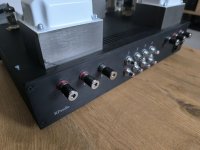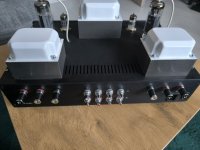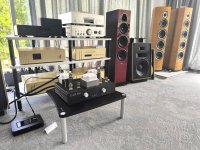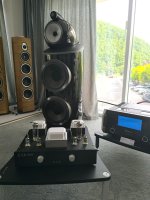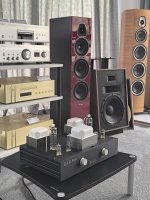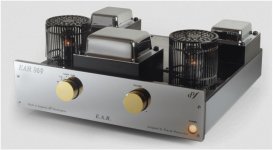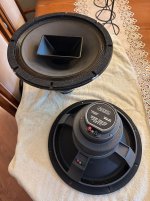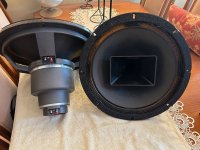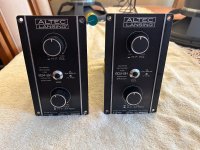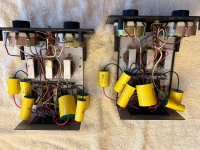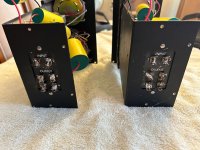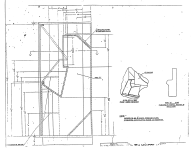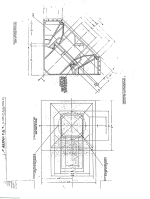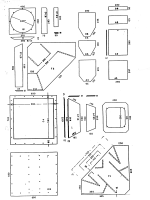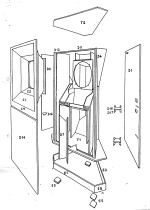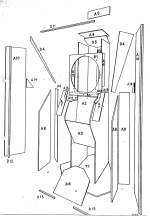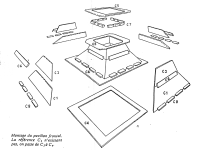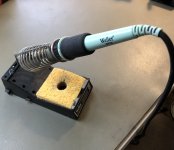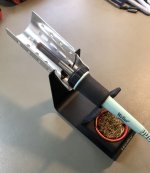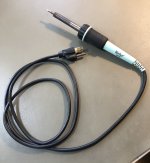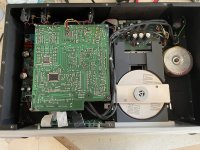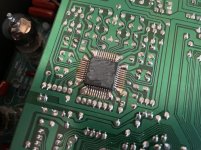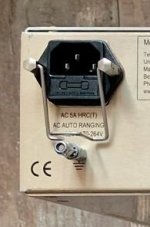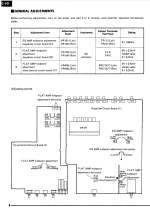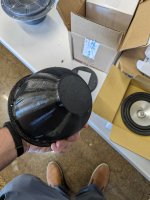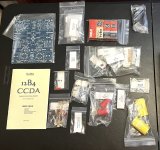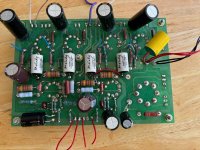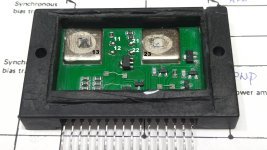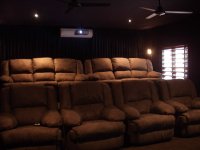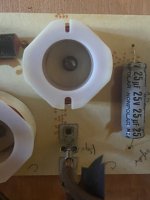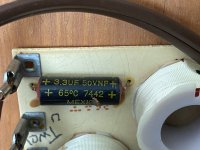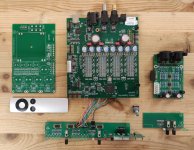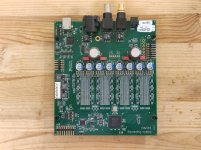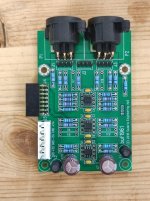Help ID Wu Gang Preamp please!
- Parts
- 2 Replies
An old audiophile friend of mine, who is somewhat extreme in audio occultism lol loves to pot everything. Anyway let's not get into that(!).
I'm in the process of soaking this preamp he gave me in a chemical bath for a week or so. Just because I wanted it clean and ready for future projects.
The only way of reversing this potting solution mess is chemical baths followed by tiny holes drilled into the potted layer then a final soak in super glue remover for 78 hours.
Sadly some damage is inevitable, the odd snapped resistor or diode here and there.

My question is does anyone recognise this board? It has a Chinese phone number and "designed by Wu Gang" on the board. I want to find photos of the original board online so I can get a better idea of the component list (board scratches sigh...).

A schematic would be amazing however just some products photos would suffice.

I know this one is a real longshot but I would be extremely grateful for any help with this preamp.
There's some Muse caps here, it came pre-built from eBay (eBay I think), and with a blue potted/cased tranny on a small power supply board with single fuse holder.

I'm in the process of soaking this preamp he gave me in a chemical bath for a week or so. Just because I wanted it clean and ready for future projects.
The only way of reversing this potting solution mess is chemical baths followed by tiny holes drilled into the potted layer then a final soak in super glue remover for 78 hours.
Sadly some damage is inevitable, the odd snapped resistor or diode here and there.
My question is does anyone recognise this board? It has a Chinese phone number and "designed by Wu Gang" on the board. I want to find photos of the original board online so I can get a better idea of the component list (board scratches sigh...).
A schematic would be amazing however just some products photos would suffice.
I know this one is a real longshot but I would be extremely grateful for any help with this preamp.
There's some Muse caps here, it came pre-built from eBay (eBay I think), and with a blue potted/cased tranny on a small power supply board with single fuse holder.

